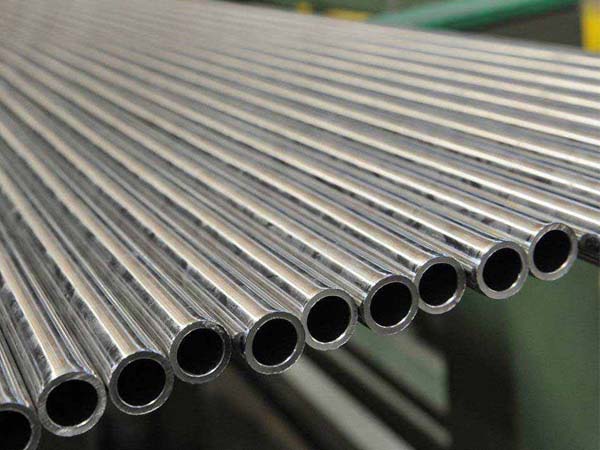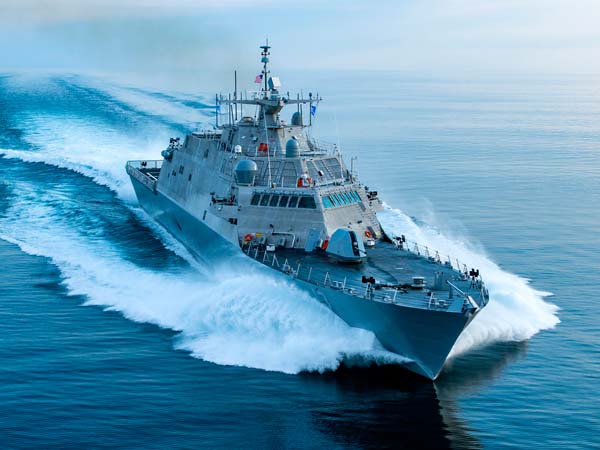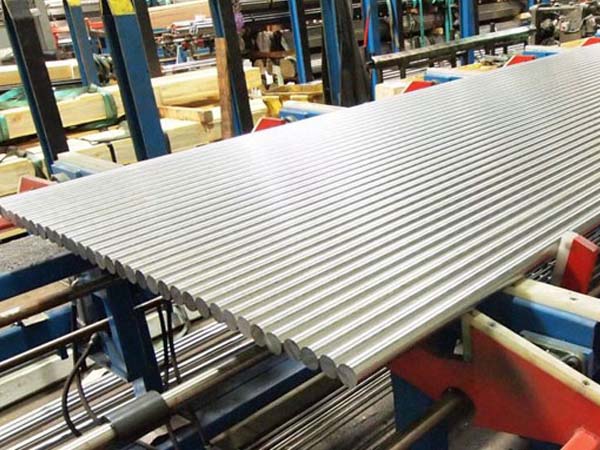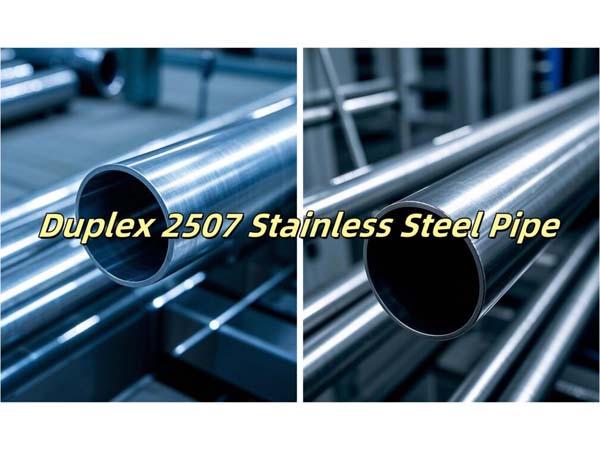





Phone
+86-731-82250427
Address
25th floor, C3 Building, Wanda Plaza, Kaifu District, Changsha, Hunan Province, China.
 Apr 1 2024
Apr 1 2024UNS S32550 (W.Nr. 1.4507, F61) is a highly alloyed, super duplex stainless steel known for its exceptional strength, wear resistance, and superior corrosion resistance compared to 316 stainless steel. It also exhibits good ductility and high fatigue strength, surpassing alloy 20 and duplex 2205 in terms of yield strength. However, it is important to note that when exposed to temperatures between 1000°F and 1800°F, carbides, nitrides, and sigma phase can form in UNS S32550 stainless steel if soaked within that temperature range.
Oil and Gas: Pumps, valves, wellheads and subsea equipment
Pollution Control: Scrubbers, precipitators, fans and pumps
Chemical and Petrochemical: Pressure vessels, heat exchangers, and storage tanks
Desalination Plants: Pumps, valves, and heat exchangers
Pulp and Paper: Digester blow vales, feed valves, washers, black liquor heater tubes, bleaching components
Food Processing: Storage tanks, pipelines, and processing machinery
Construction and Architecture: Bridges, building facades, and infrastructure
Marine: Propellers, shafts, rudders, seals, pumps, valves
|
Material |
Cr |
P |
S |
Ni |
Si |
C |
Mn |
Mo |
|
S32550 |
24.0-27.0 |
0.04max |
0.03max |
4.50-6.50 |
1.00max |
0.04max |
1.50max |
2.90-3.90 |
|
Material |
Tensile strength |
Yield strength 0,2 |
Elongation |
Hardness HB30 |
|
S32550 |
750N/mm² |
550N/mm² |
25% |
290HB |
UNS S32550 stainless steel demonstrates outstanding corrosion resistance in various environments, showcasing its ability to effectively combat pitting and crevice corrosion. Additionally, it possesses a high resistance to intergranular corrosion and exhibits exceptional strength, making it well-suited for abrasion/corrosion conditions. Furthermore, this stainless steel variant performs admirably in the presence of sulfuric, phosphoric, and nitric acids, while also exhibiting excellent resistance to organic acids like acetic and formic acid.
Heat treatment does not provide hardening for UNS S32550 super duplex stainless steel; however, it can undergo work hardening. Solution treatment or annealing can be achieved by rapidly cooling the material after heating it to approximately 1100°C.
To remove surface scale, oxide layers, and contaminants from UNS S32550 duplex stainless steel, heating and pickling are commonly employed processes. Initially, the material is heated within a specific temperature range to eliminate organic substances and facilitate the subsequent pickling procedure. Subsequently, it undergoes pickling by immersion in an acid solution, typically a mixture of nitric acid and hydrofluoric acid. This acid solution effectively dissolves and removes the scale and oxides. After the pickling process, thorough rinsing with water is conducted to eliminate any residual acid. Optionally, passivation may be carried out to further enhance the corrosion resistance of the material.
UNS S32550 super duplex stainless steel can undergo both hot and cold forming processes, but certain considerations need to be taken into account for each method. Hot forming of this material usually takes place at temperatures above 1000°C (1832°F) to ensure the material is in the austenitic phase. Techniques such as hot rolling, hot forging, or hot extrusion can be employed for hot forming. On the other hand, cold forming is performed at room temperature and involves processes like bending, drawing, or stamping. Cold forming results in work hardening of the material, which increases its strength but reduces its ductility.
Machining UNS S32550 stainless steel can be challenging due to its high strength. In comparison to 304 stainless steel, machining UNS S32550 is approximately 20% slower. It is important to maintain sharp cutting edges during machining, as dull edges can lead to excessive work hardening. To prevent work hardening, cuts should be light but deep enough to avoid riding on the material's surface. The use of chip breakers can aid in keeping the work area clear of swarf.
UNS S32550 duplex stainless steel exhibits favorable weldability, and it can be welded using all standard welding processes. While it may not be as easily weldable as austenitic grades, the low thermal expansion characteristic of duplex grades helps minimize distortion and residual stresses that can arise after welding. This attribute contributes to reduced post-welding distortion and residual stresses, making UNS S32550 a suitable material for welding applications.
Ø Bar & Rod
Ø Plate & Sheet
Ø Coil & Strip
Ø Pipe & Tube
Ø Fitting: Flange, Tee, Elbow, Reducer etc.
Ø Forging: Ring, Shaft, Circle, Block etc.
Ronsco is a supplier with more than 27 years of experience in the special metal field, we always adheres to the business phiosophy of "customer-centered", tries its best to meet the requirements of customers and pursues win-win cooperation with customers. Are you looking for special metal products one-stop supplier! Contact Us Now! Email: marketing@ronsteel.com
